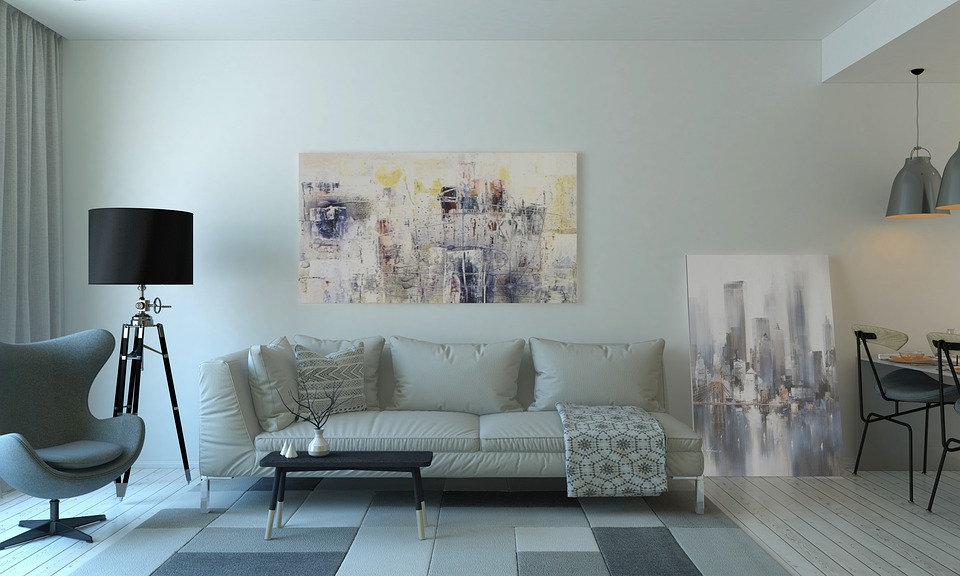Title: 10 Essential Graphic Design Principles Every Beginner Should Know
As a beginner in graphic design, understanding the basic principles is crucial to creating visually appealing and effective designs. These principles form the foundation of good design and are applicable in various mediums such as print, web, and advertising. In this article, we will discuss the 10 essential graphic design principles every beginner should know.
H1: 1. Balance
Balance is one of the most important principles of graphic design. It refers to the distribution of visual elements in a composition to achieve a visually pleasing and harmonious design. There are two types of balance: symmetrical and asymmetrical. Symmetrical balance involves dividing the design into equal halves, while asymmetrical balance involves an uneven distribution of visual elements.
H2: 2. Contrast
Contrast refers to the difference in visual properties such as color, size, shape, and texture. It is used to create visual interest, and draw the viewer’s attention to specific elements in the design.
H2: 3. Alignment
Alignment refers to how visual elements are positioned in relation to each other. Proper alignment creates a hierarchy, making it easier for the viewer to process the information presented in the design.
H2: 4. Proximity
Proximity refers to the placement of visual elements in relation to each other. Elements that are related to each other should be placed close together, while unrelated elements should be separated. This helps to create a clear visual hierarchy and makes it easier for the viewer to identify the relationship between the elements.
H2: 5. Repetition
Repetition is the use of a consistent visual element throughout the design. This helps to create unity and a sense of cohesiveness in the design.
H2: 6. White Space
White space is the area between visual elements in a design. It is often referred to as negative space and plays an important role in the overall design. Proper use of white space helps to create a balance and harmony in the design, making it easier for the viewer to process the information presented.
H2: 7. Color
Color is an essential part of graphic design. It can evoke emotions, convey messages, and set the tone for the design. It is important to choose colors that complement each other and create a visual hierarchy.
H2: 8. Typography
Typography refers to the choice and arrangement of fonts in a design. Proper typography helps to create a clear hierarchy, making it easier for the viewer to read and understand the information presented.
H2: 9. Scale
Scale refers to the size of visual elements in a design. It is used to create emphasis or draw the viewer’s attention to specific elements in the design.
H2: 10. Unity
Unity refers to the overall harmony and cohesiveness of the design. It is achieved through the proper application of the other principles discussed above. A unified design creates a clear message and enhances the overall visual appeal.
Conclusion:
Understanding these 10 essential graphic design principles is crucial for every beginner. Utilizing these principles in your designs will not only create visually appealing designs but also help to convey your message effectively to your audience.
FAQs:
Q1. What is the most important principle of graphic design?
A: Balance is the most important principle of graphic design as it forms the foundation of good design.
Q2. How does contrast help in graphic design?
A: Contrast is used to create visual interest, draw the viewer’s attention to specific elements, and convey a sense of hierarchy in the design.
Q3. How does alignment impact the design?
A: Proper alignment creates a hierarchy, making it easier for the viewer to process the information presented in the design.
Q4. What is the importance of white space in graphic design?
A: Proper use of white space helps to create a balance and harmony in the design, making it easier for the viewer to process the information presented.
Q5. How does typography contribute to graphic design?
A: Proper typography helps to create a clear hierarchy, making it easier for the viewer to read and understand the information presented.






